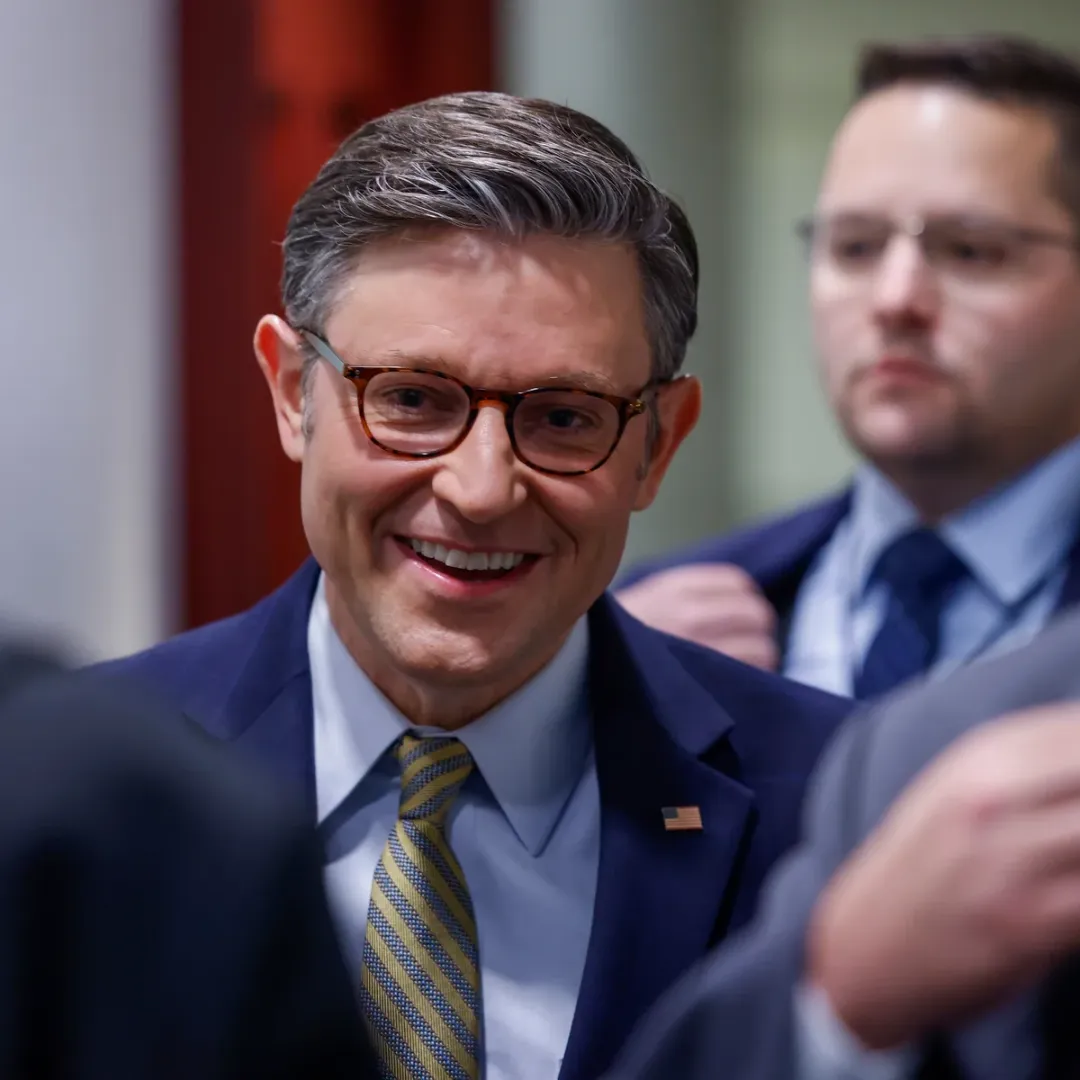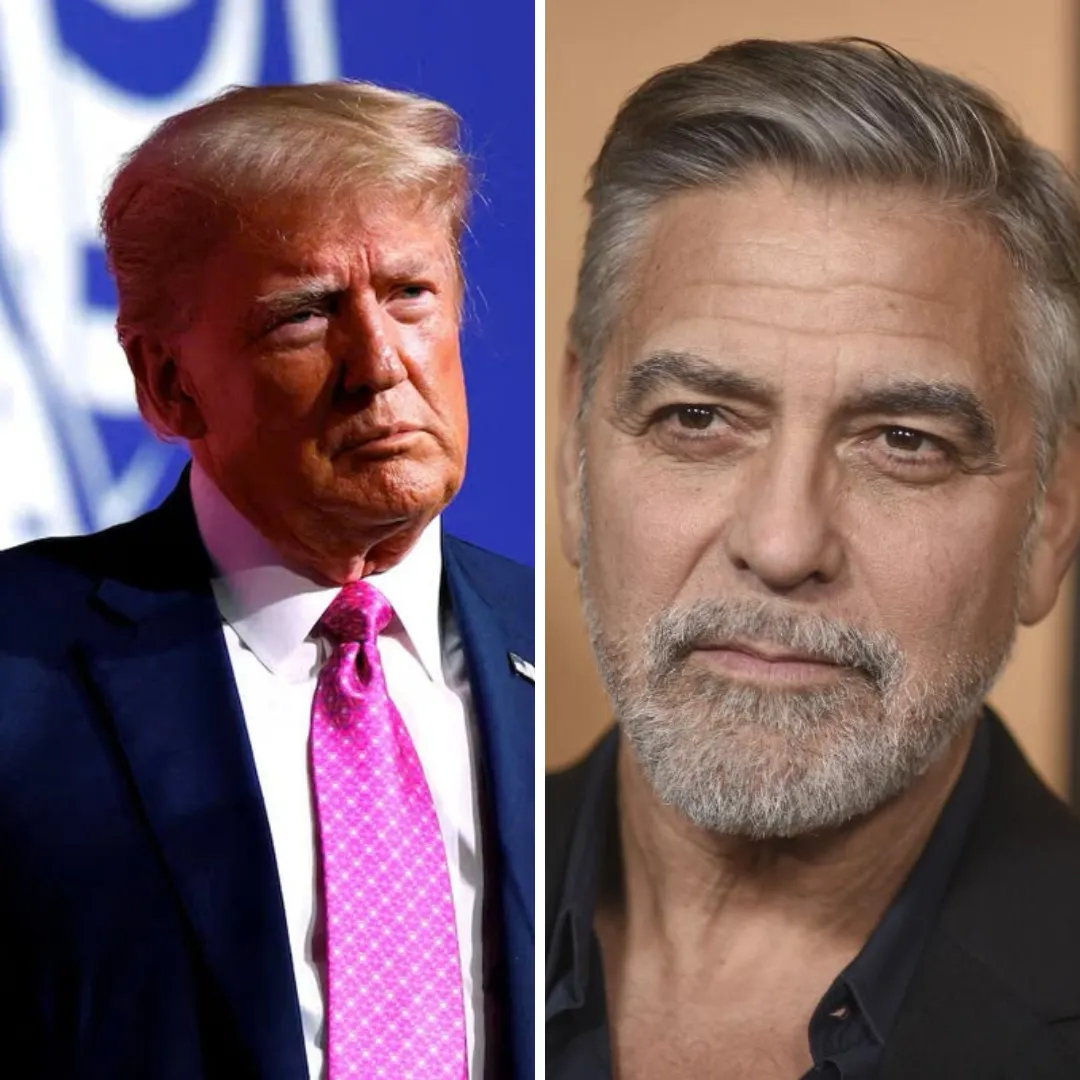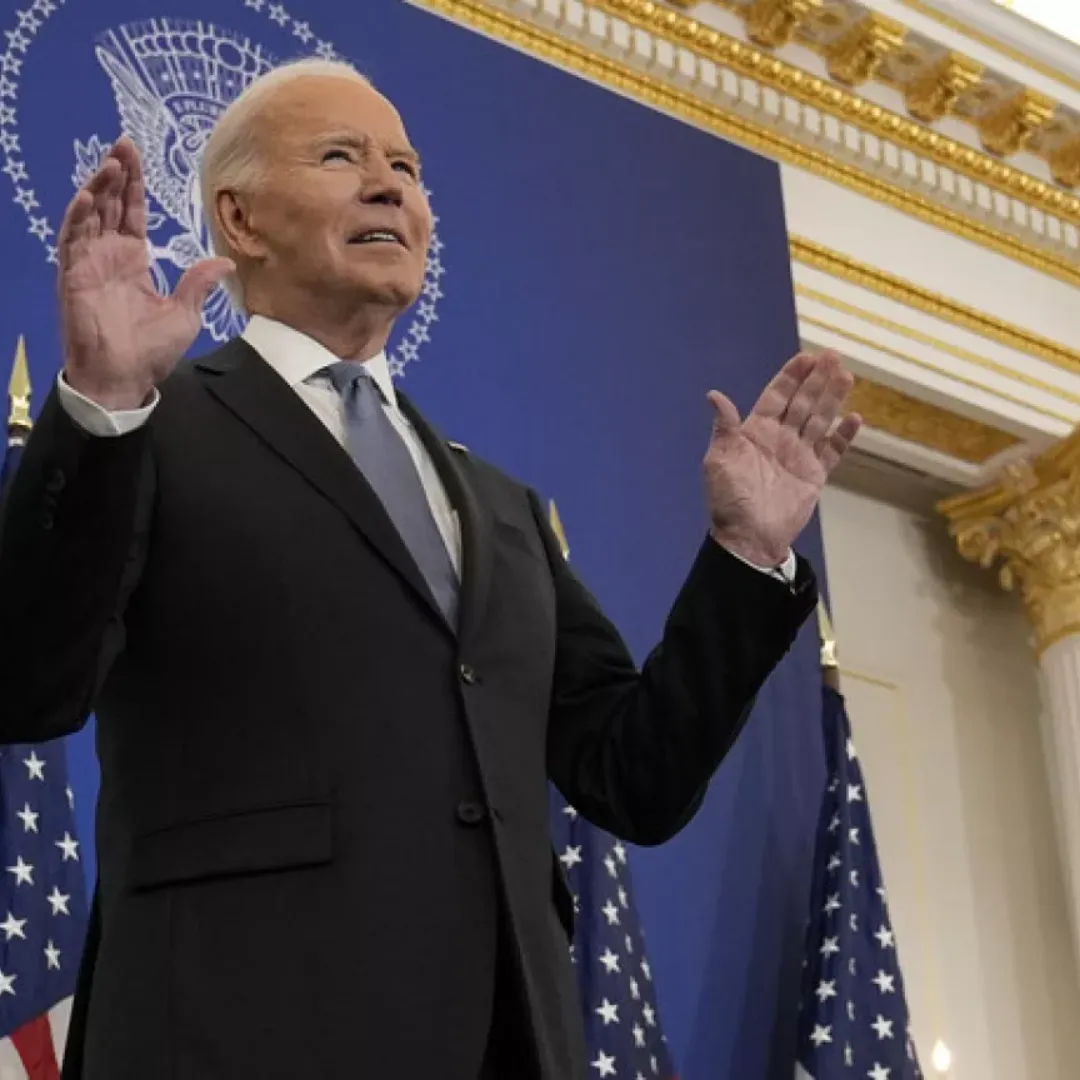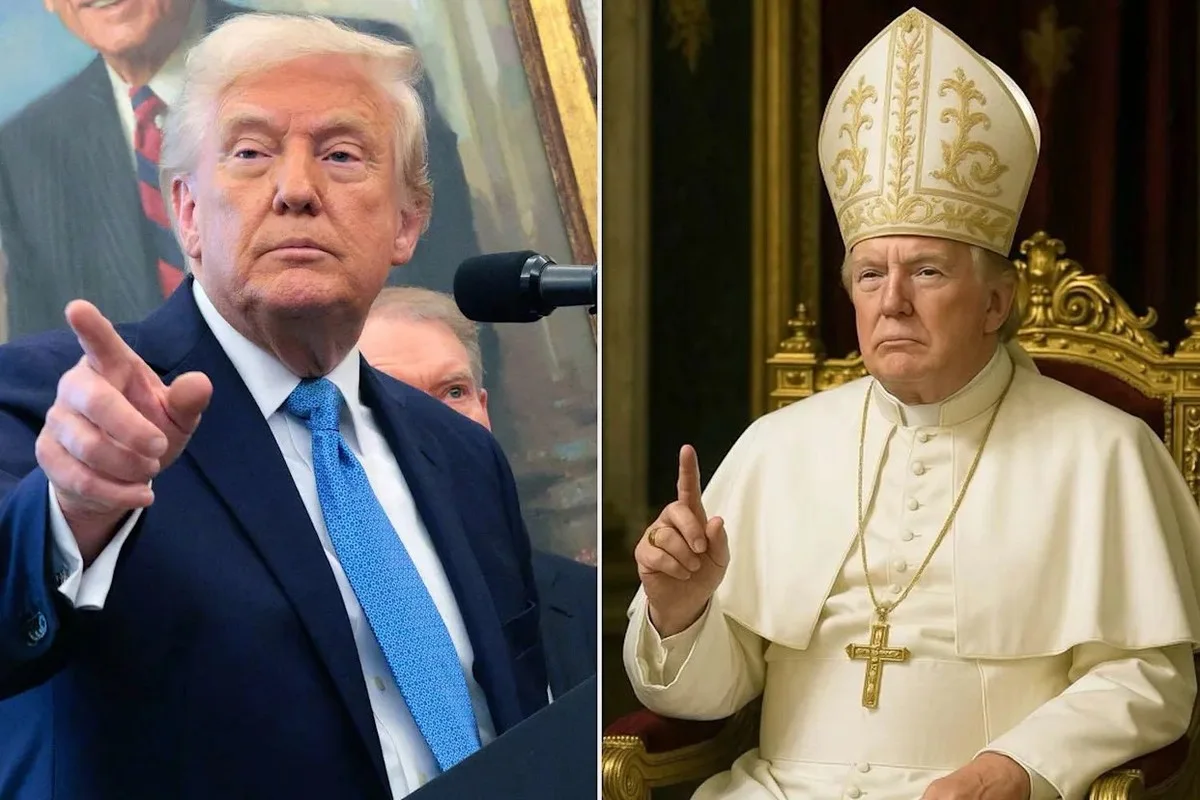
New York Cardinal Timothy Dolan expressed his disapproval of President Donald Trump’s recent Truth Social post, which featured an AI-generated image of Trump dressed as the pope. The post appeared just two weeks after the death of Pope Francis and only days before cardinals were set to convene in the Vatican to select a new pontiff, making the timing of the image particularly controversial.
Dolan, when approached by reporters, was blunt in his response, stating that he hoped Trump “didn’t have anything to do with that.”
He continued, adding, “Well, you know, it wasn’t good,” when asked if the post offended him. Despite his strong stance against the image, Dolan, who has been a supporter of Trump and serves on his Religious Liberty Commission, did not escalate the matter further. His comments reflect a rare public rebuke from a religious ally of the president.
As one of Trump’s key allies within the Catholic community, Dolan has previously praised the president’s commitment to his Christian faith. Just a few months ago, he stated that Trump “takes his Christian faith seriously,” reflecting the generally positive relationship the cardinal has maintained with the president.
In fact, Trump had even humorously suggested Dolan as a potential pick for the next pope, as reported by USA Today, highlighting the casual nature of their relationship.
However, Dolan was not the only Catholic leader to express concern over the post. Bishop Thomas Paprock of Springfield, Illinois, also criticized the image, describing it as “deeply offensive to Catholics,” particularly in the context of mourning the death of Pope Francis.
He called for an apology from the president, saying, “This is deeply offensive to Catholics, especially during this sacred time that we are still mourning the death of Pope Francis and praying for the guidance of the Holy Spirit for the election of our new Pope.” Paprock’s comments echoed a broader sentiment of discomfort within the Catholic community over the image.
In addition to Dolan and Paprock, the New York State Catholic Conference voiced its criticism of the post. The conference released a statement on social media, stating, “We just buried our beloved Pope Francis and the cardinals are about to enter a solemn conclave to elect a new successor of St. Peter.
Do not mock us.” The statement conveyed the deep offense felt by many in the Catholic community, as they faced both grief and anticipation regarding the election of the next pope. The image, according to the conference, was seen as an inappropriate and disrespectful mockery of the sacred process unfolding within the Church.
The backlash from the Catholic community was swift and pointed, underscoring the tension between Trump’s political persona and his relationship with religious institutions. While many conservative figures within the U.S. have aligned themselves with Trump, particularly for his stance on religious freedom and support for Christian values, the image of Trump in papal attire was seen by many as a step too far.
The sacred nature of the papacy and the ongoing mourning of Pope Francis made the timing of the post particularly sensitive.
However, not all reactions to the post were negative. Vice President JD Vance, a recent convert to Catholicism, defended the president’s actions, calling the image a joke. Vance took to social media, stating, “As a general rule, I’m fine with people telling jokes and not fine with people starting stupid wars that kill thousands of my countrymen.”
In his defense of the post, Vance positioned himself in opposition to critics like Bill Kristol, a prominent conservative voice and former chief of staff to Vice President George H.W. Bush. Vance’s defense of the president’s humor was a reminder of the divide within the political sphere, even among Republicans, over the line between humor and offense in political discourse.
The contrasting responses to Trump’s post highlight the broader divide within American politics and religious communities regarding the president’s actions. On one hand, Trump’s critics within the Catholic Church, including key leaders like Dolan and Paprock, saw the image as disrespectful, particularly given the context of Pope Francis’s recent death and the anticipation surrounding the papal conclave.
On the other hand, figures like Vance saw the post as harmless humor, illustrating the differing perspectives on what constitutes acceptable political discourse, especially when it involves religious symbols and figures.
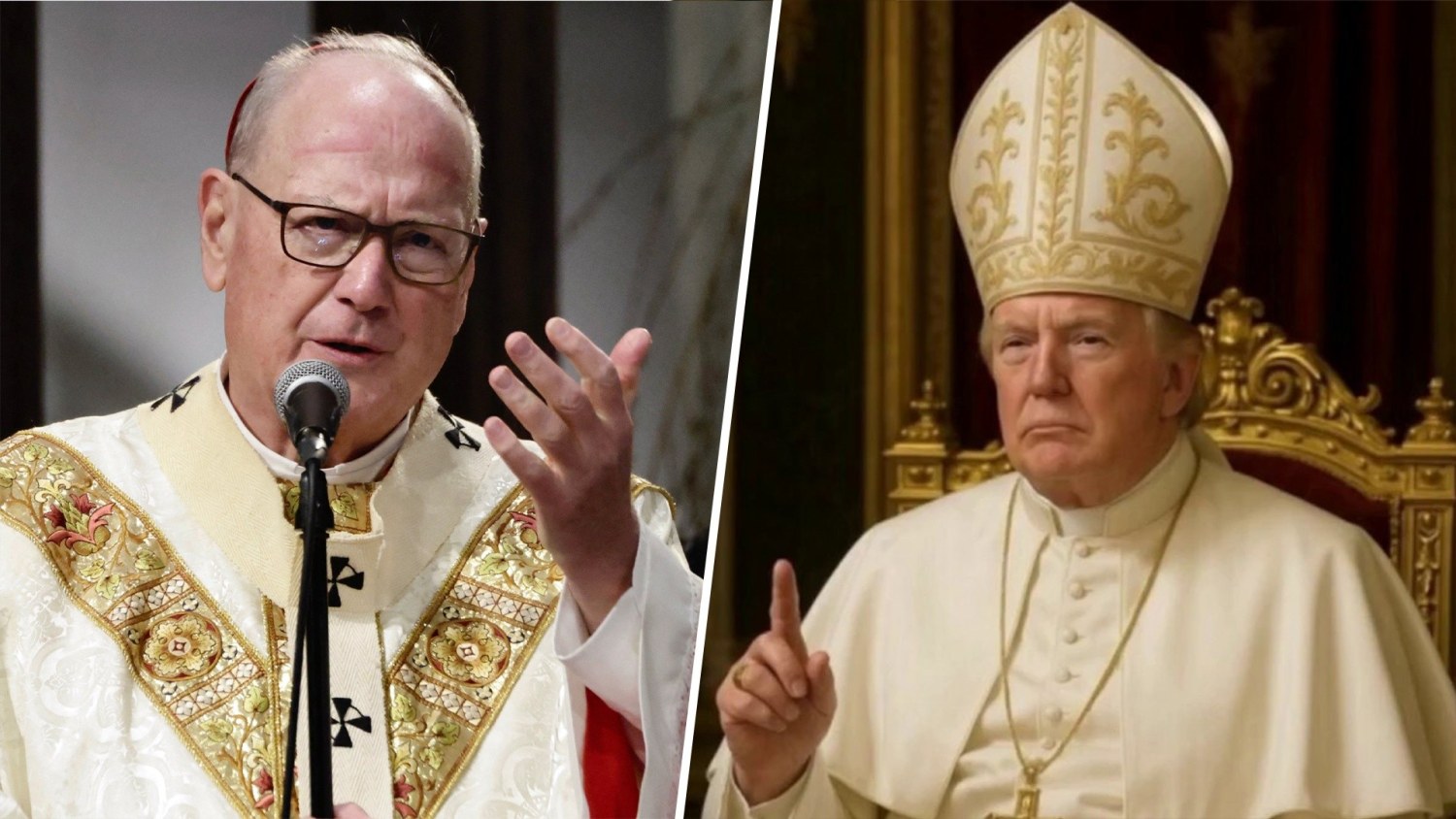
The incident also raises questions about the role of humor and satire in politics, particularly when religious symbols are involved. For many, the image of Trump dressed as the pope was an overstep, as it trivialized both the sacredness of the papacy and the mourning process following Pope Francis’s death. In contrast, others, like Vance, saw it as a harmless joke, with no malicious intent behind it.
This difference in perception underscores the challenges politicians face when attempting to navigate sensitive issues, particularly when it comes to religion and national symbols.
In the wake of the controversy, Trump has remained largely silent, neither directly apologizing for the post nor backing down from his original stance. His silence on the matter may be interpreted as a refusal to give in to criticism, reinforcing his image as a political outsider willing to challenge established norms, even when it comes to sacred traditions and institutions.
For Trump, this controversy is likely just another skirmish in the broader culture wars that have defined much of his presidency, and he may choose to move on from the issue without acknowledging the concerns raised by his religious critics.
At the heart of the debate over the AI-generated image of Trump as the pope lies a broader question about the relationship between politics and religion, particularly in the context of Trump’s unique brand of political discourse.
While many of his supporters view his actions as bold and unapologetic, his critics, particularly within the Catholic Church, see his disregard for the sensitivities of religious institutions as emblematic of his broader approach to governance. The incident with the pope image is just one example of how Trump’s rhetoric and actions continue to challenge traditional political norms and institutions, particularly those associated with faith and tradition.
As the conversation surrounding the image continues to unfold, it serves as a reminder of the complex and often contentious relationship between religion and politics in the United States. For some, the pope image was a harmless joke, while for others, it was an affront to the sanctity of the Catholic Church and its rituals.
The differing reactions underscore the polarized nature of contemporary political discourse, where every action, no matter how seemingly trivial, can be interpreted through vastly different lenses depending on one’s political and religious affiliations.
In the end, the controversy over Trump’s AI-generated image of himself as the pope is likely to fade as the political world moves on to other issues. However, it highlights the ongoing tension between Trump and various religious institutions, particularly within the Catholic Church, and serves as a reminder of the challenges he faces in navigating the complexities of American politics.
Whether the controversy will have any lasting impact on his relationship with religious voters remains to be seen, but for now, it serves as just another chapter in the ever-evolving saga of Donald Trump’s presidency and his interactions with both his supporters and critics.


